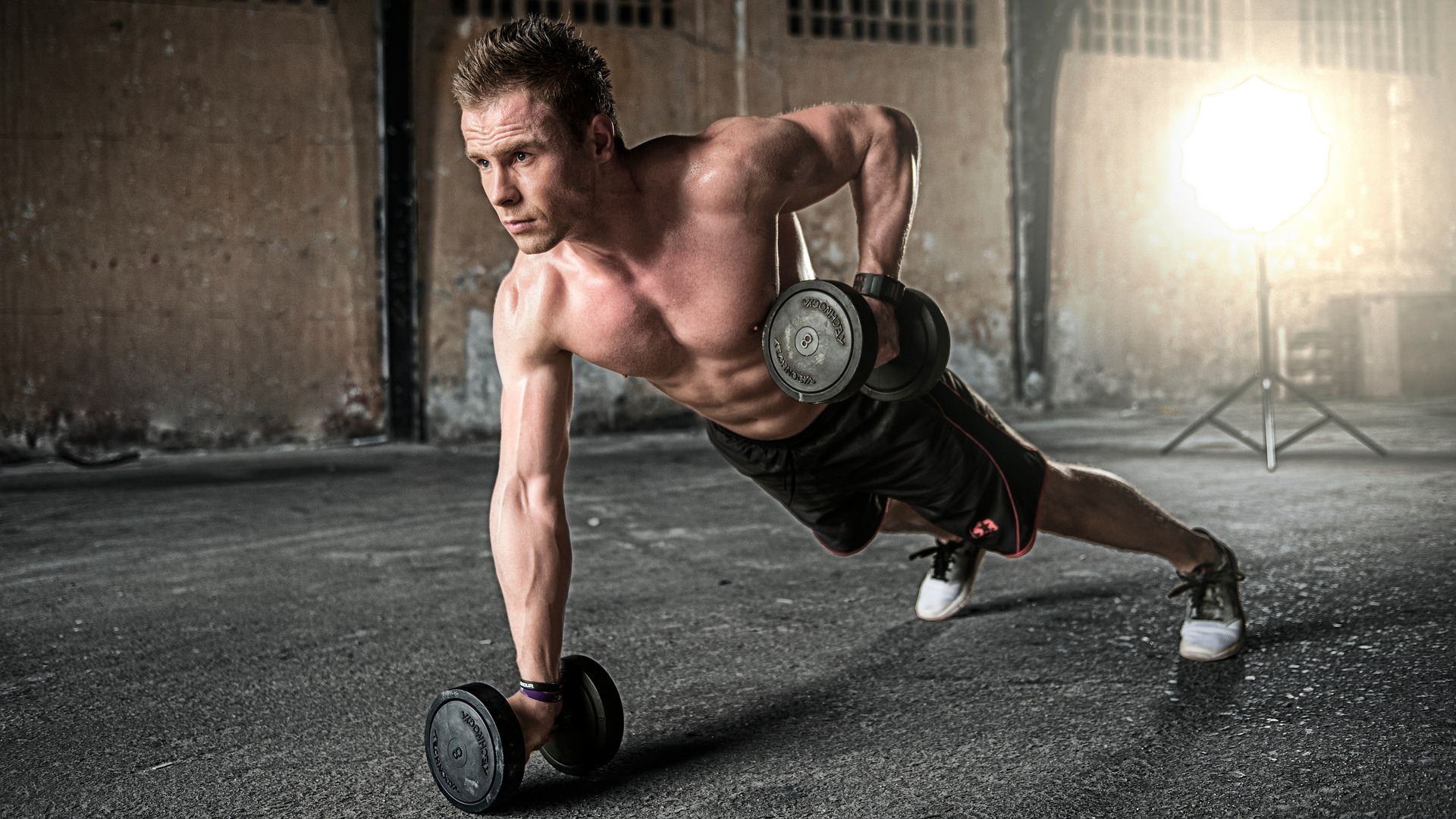
What is the best exercise for weight loss?
Running, Walking, Swimming, Cycling, HIIT, Weight Training, Hot Yoga, Pilates, Zumba? This is just a small sample of the multitude of exercise options available to most people today. While there are clearly no shortage of exercise options available to anyone looking to shed a few pounds around the belly or other trouble spots, which exercise is the best at making the fat “melt” away. Today I want to discuss a few considerations that should be taken into account when deciding on an exercise program as well as address some common pitfalls that many exercisers fall into, and dispel some myths about exercising to lose weight. Hopefully after reading this you will feel better about choosing an exercise regimen that will help you reach your health and fitness goals.
If your goal is to lose weight, specifically fat, the best strategy is probably to adjust your diet and consume fewer calories rather than simply exercising or increasing the frequency of exercise. Having said that, exercise does provide a host of benefits from improving cardiovascular health, improving range of motion, preserving or increasing your muscle mass and bone density (especially if you do weight-resisted training), and helping to prevent metabolic diseases. Exercising also increases your production of endorphins, those “feel-good” hormones, and who doesn’t want to feel good. With that in mind, if you have already changed your diet, and are looking to accelerate your fat loss by incorporating exercise, here are some points you should consider.
Exercise can increase your appetite – In my years as a trainer and coach, I’ve seen countless people eliminate the calorie deficit created through working out, by increasing their calories consumed. Oftentimes they do this without even realizing it. While exercising your appetite may be suppressed as your blood is pumping to your muscles but once the exercise is over, and blood flow returns to normal, the body resumes production of the hunger hormone ghrelin. This can cause you to eat more calories than you realize as your body tries to compensate for the loss of calories from your exercise. If you want to maximize the calorie benefit from exercise, make sure you watch what you put in your mouth.
“Calories burned” figures on exercise equipment are inaccurate – If you are frustrated that the scale isn’t moving even though you are watching your diet, and see high numbers of calories being burned on the treadmill, stair climber, or elliptical, keep in mind that the number on the exercise equipment may be wildly inaccurate, typically overestimating the calories burned. They are based on formulas that convert power output from the machine to calories. In reality, Age, weight, gender, fitness level, as well as individual genetics will all play a role in how many calories you are actually burning. Knowing this, focus more on being consistent with your workouts and avoid overeating.
Be careful of too much high intensity exercise – There is no doubt about it, high intensity exercise burns a lot of calories. Whether intervals or steady state, after a high intensity workout you are typically drenched in sweat and breathless, confident that you burned a lot of calories. You probably did, however, the danger comes in doing this type of exercise too often. The high intensity aspect of this workout means you are putting a lot of stress on your body. This puts you at risk for injury which may set you back on your weight loss goals especially if you don’t adjust your diet when you are healing. How often you should incorporate high intensity training into your workout regimen will depend on a lot of factors, but make sure that you include lower intensity exercise and rest days to recover as well.
For long term weight loss benefits, incorporate weight training – It may seem counterintuitive to lose weight by building muscle, but really it is beneficial. I’ve already mentioned that weight training helps to maintain and increase your bone density and muscle mass. This is absolutely critical especially as you age as muscle loss is a huge problem in the older population. Weight training also gives you the benefit of “toning” and “shaping” your muscles which improves your overall appearance. When you get down to the facts, most people want to “look good” rather than be at a certain weight and building muscle can help you achieve that quicker. Muscle also has the added benefit of increasing your metabolism which leads to increased daily calorie expenditure. It doesn’t mean you can go crazy eating whatever you want after you pack on some muscles, but a 185 man at 10% body fat burns a lot more calories in a day than a 185 man at 20% body fat.
Now that we’ve considered those facts, what exercise should we do to burn more calories? Well, ultimately it depends on what you like to do. I know that sounds like a cop-out, but it’s the truth. You are likely to be more successful in achieving your weight loss goals, and maintaining your exercise routine if you actually enjoy what you are doing. Running for an hour on a treadmill can burn A LOT of calories, but if you hate running you’ll never do it. Likewise for swimming, cross-training, or any of the other “best exercises” out there. The best exercise is the one you get excited about most days to do. Maybe it’s a team sport or a group exercise because it gives you accountability and a sense of community. Maybe it’s going for a hike or a long run because it gives you a chance to “clear your head.” Whatever you decide to do, aim for consistency, make sure to include some strength training, and be sure to incorporate rest and recovery into your routine too. This, combined with watching what you eat will help you accelerate your weight loss goals, and keep the weight off.

